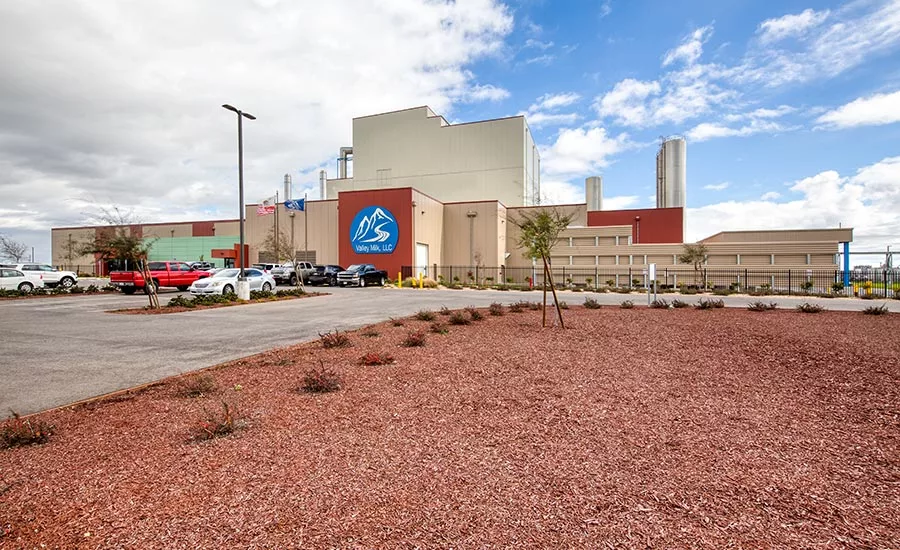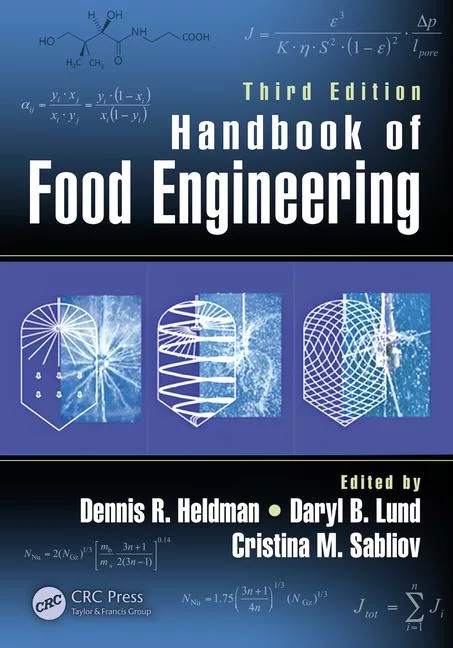Editor's Note
Adaptability and flexibility are critical components of project planning

Valley Milk LLC is the winner of the 2019 Food Engineering Plant of the Year Award for its production facility in Turlock, Calif.
Photo courtesy of Daniel Blue Photography
In this issue, you’ll find a feature story on the 2019 Food Engineering Plant of the Year, Valley Milk’s processing facility in Turlock, Calif.
It’s an impressive facility, and an impressive process brought it to life. One of the most interesting elements of the project is how it was delivered early and under budget, even while the bulk of the construction took place during the rainiest winter California had seen in more than 100 years.
That’s a pretty remarkable achievement because it’s hard enough to hit time and cost targets under ideal circumstances on just about any project. I’m not just talking about construction projects; it could be processing, packaging, renovations, a new food safety program, anything that goes into your day-to-day work. I would bet that if I sat down with you to talk about projects you’ve overseen in your career, you would have examples where everything worked out, but also a story or two about projects that just didn’t come together for whatever reason.
I know I have those kinds of projects in my past (and hopefully not my future, but we all know how things go sometimes). I also know that even on those projects where everything did go right for me—or you—there were moments where everything was dangerously close to going off the rails.
The distance between projects that succeed and projects that fail is closer than we like to admit, and that distance tends to get smaller as projects grow in size. But if we don’t acknowledge that, we set ourselves up for even good projects going bad.
Think about the Valley Milk facility again. It was a result of the company’s founding families deciding they wanted to build an operation that would allow them to be vertically integrated, and they hired Shambaugh & Son, an EMCOR Company, to make that a reality. There’s no way that either Valley Milk or Shambaugh & Son could have predicted such a wet winter—but they could plan for it just in case.
Because they had plans in place and were able to adapt to the conditions, they hit their targets despite the challenges. If it had been a normal winter, they probably would’ve been even earlier and even more under budget.
But if they hadn’t prepared for the possibility of challenging weather or any of the who-knows-how-many more challenges they faced along the way, they would have ran the very real risk of not hitting those targets. That’s not a fate that anybody wants to face.
We all like to pride ourselves on always hoping for the best, while being prepared for the worst. Those may not be the exact words, but I’m sure it’s the philosophy that Valley Milk and Shambaugh & Son kept in mind every step of the way. Being able to adapt on the fly is great, but it’s a lot easier to do when you’ve accounted for as many potential contingencies as possible.
Looking for a reprint of this article?
From high-res PDFs to custom plaques, order your copy today!









